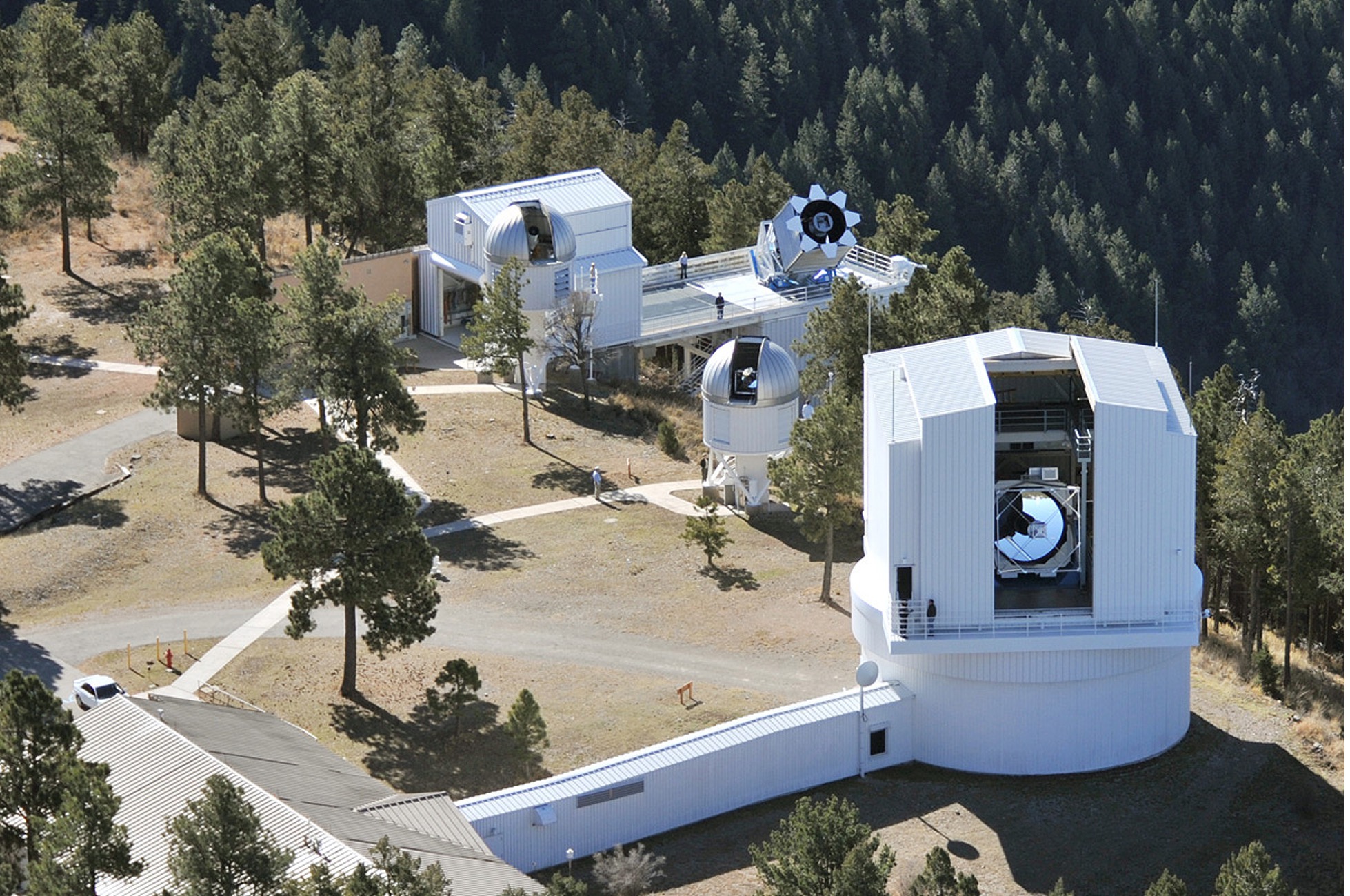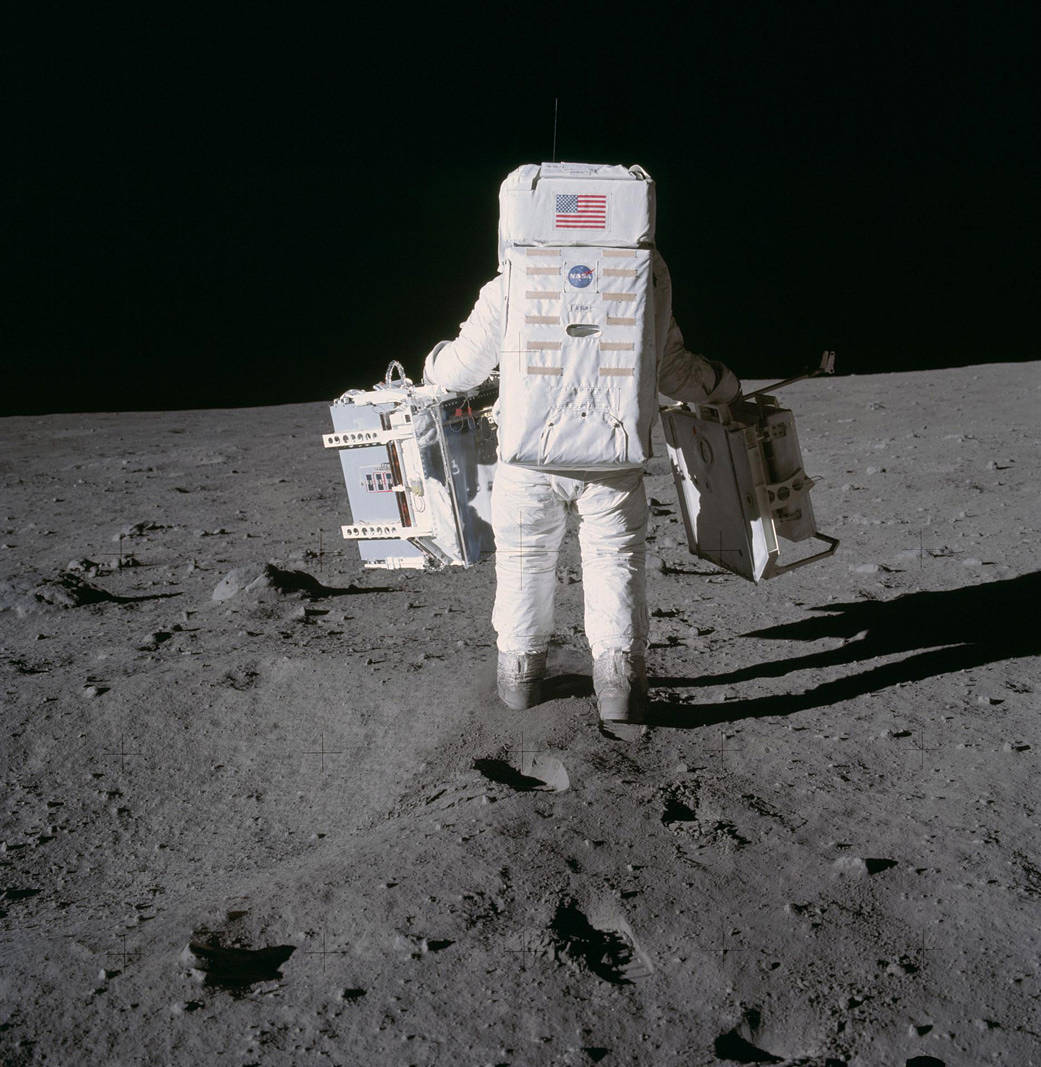NASA Mirrors on ESA Pathfinder to Empower Space Geodesy
Read a companion piece on lunar navigation applications for the Pathfinder retroreflectors here.

NASA will supply the upcoming European Space Agency (ESA) Lunar Pathfinder mission with an array of laser retroreflectors, mirrored devices that reflect light back at its source. The retroreflectors will offer new opportunities for lunar science and space geodesy.
Geodesy is the scientific discipline that seeks to map Earth’s shape, orientation, and gravity field. Space geodesy uses satellite instrument and observations of celestial bodies as sources for geodetic measurements – the sorts of data points needed to understand their structure.
In satellite laser ranging, a laser transmitted from a telescope on Earth reaches a retroreflector on a spacecraft or celestial body and the retroreflector bounces the light back to the telescope. By measuring the time a laser pulse leaves the telescope and the time the return pulse arrives, engineers and scientists can calculate precise distances between the object and a ground station.

“Over time, measurements from lunar retroreflectors allow us to better understand the relationship between the Earth and the Moon,” said Stephen Merkowitz, Space Geodesy Project manager at NASA’s Goddard Space Flight Center in Greenbelt, Maryland. “They also contribute to our understanding of the Moon’s interior structure and studies of gravity.”
Additionally, data from satellite laser ranging helps define the International Terrestrial Reference Frame (ITRF), the foundation for virtually all airborne, space-based, and ground-based Earth observations. The ITRF reference points are used like landmarks along a trail to accurately position measurements taken from space. These measurements are critical to accurate maps, measuring ocean tides, planning rocket launches, calibrating clocks, forecasting earthquakes, tracking tsunamis, and much more.
“Our interest is in generating the various geodetic products used by all NASA missions to geolocate their data and in orbit determination,” said Merkowitz. “Laser retroreflectors like the one on the Lunar Pathfinder provide some of the critical measurements we rely on when creating these products.”
The retroreflectors on Lunar Pathfinder aren’t the first to reach the Moon. Apollo 11, 14, and 15 astronauts left them on the lunar surface. NASA’s Lunar Reconnaissance Orbiter (LRO) also has retroreflectors onboard. However, the retroreflector array on the Lunar Pathfinder mission will return more than twelve times the laser light than the one on LRO since it has 48 reflector cubes at 1.6 inches in diameter, compared to LRO’s 12 reflector cubes at 1.2 inches in diameter. This will significantly improve opportunities for range measurements.
Data from the retroreflectors on Lunar Pathfinder and existing ones on the lunar surface will help the scientific community to establish a Lunar Reference Frame similar to the Earth’s ITRF. Such a coordinate system would provide spacecraft at the Moon with a robust coordinate system, further enhancing positioning and navigation capabilities in the lunar regime.
“Accurate reference frames on Earth benefit both policymakers and everyday Americans,” said Thomas Johnson of the U.S. National Geospatial-Intelligence Agency (NGA), collaborating with NASA on integrating the retroflector on the Lunar Pathfinder mission. “As spaceflight becomes more commonplace, establishing similar reference frames for the Moon that are accurately known with respect to the Earth will be crucial to space exploration.”
Two predecessors of the NGA – the U.S. Air Force’s Aeronautical Chart and Information Center in St. Louis and the U.S. Army Map Service in Washington, D.C. – created the first maps of the lunar surface for NASA’s Apollo 11 mission. The new lunar reference maps will build on that knowledge for a more complete understanding of the Moon.
Lunar Pathfinder laser ranging and conventional radio ranging measurements will also be integral to a joint ESA and NASA experiment campaign involving a Global Navigation Satellite System (GNSS) receiver on the spacecraft. The ESA-developed receiver will help engineers understand the performance of the GPS and Galileo – the same systems used to navigate on Earth – in lunar orbit. This will be the first time these three ranging techniques are used together in deep space.
“This is a great example of the added benefits we can earn when governments join together, exploring as one."
JJ Miller
Deputy Director of Policy and Strategic Communications for SCaN
“This is a great example of the added benefits we can earn when governments join together, exploring as one,” said JJ Miller, Deputy Director of Policy and Strategic Communications for NASA’s Space Communications and Navigation (SCaN) program at NASA Headquarters in Washington. “Combining techniques like laser ranging with other radio measurement techniques makes for a powerful navigation node that will contribute much towards mapping out the area between and around the Earth and Moon, as well as the lunar surface, for many missions to come.”
When used alongside other navigation techniques, accurate reference frames for Earth and the Moon make crewed exploration safer and allow for precision science measurements. As NASA expands access to the Moon with the Artemis missions, data from the retroreflector array on the Lunar Pathfinder will be a critical to NASA’s mission of discovery.
…
NASA’s Goddard Space Flight Center in Greenbelt, Maryland, will furnish the Lunar Pathfinder mission with the retroreflector array with support from the U.S. National Geospacial-Intelligence Agency. The retroreflector array is designed and manufactured by Kellogg Brown & Root (KBR), a science and engineering solutions company. The Lunar Pathfinder spacecraft is being built by Surrey Satellite Technology Ltd for ESA.































